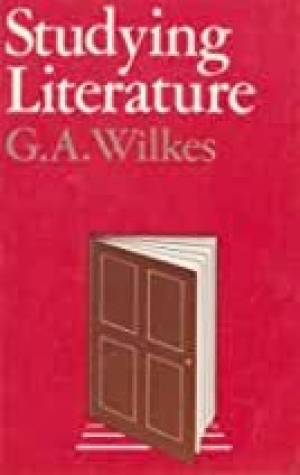David Buchbinder
David Gilbey reviews 'Masculinities and Identities' by David Buchbinder
Running hot on the national Austlit Discussion Group email waves recently was the question of speaking position and voice for men in contemporary critical discourse. What had occasioned the discussion was ASAL’s annual conference in Canberra, part of which had been a very successful morning at the Australian War Memorial focussing on writing and war (e.g. Alan Gould and Don Charlwood).
... (read more)David Buchbinder reviews 'Studying Literature' by Gerald Wilkes
The reasons for which anyone finally values a literary work – for its insight into human behaviour, for the place it occupies in some aesthetic hierarchy – lie beyond the control of all but that reader himself. My concern is with the earlier and possibly sub-critical activities of gaining access to the text, making it fully present to the reader, putting him into a position to judge for himself.’ (p.3) This is the purpose of G.A. Wilkes’ Studying Literature, as expressed in the first chapter, ‘Functions of Criticism.’ The book, according to the preface, evolved from material delivered to English I classes at the University of Sydney. Because these students are the intended addressees, Studying Literature is readable; and, in its occasional humorous debunking of The Literary Establishment, and its advice to the student, it is also a valuable handbook for novices in the study of literature.
... (read more)The four books reviewed here may be divided into two categories: the first, consisting of The Gosses: An Anglo-Australian Family, by Fayette Gosse, and Dinkum Mishpochah*, by Eric Silbert, is family biography, while the second, into which fall The Tanner Letters, edited by Pamela Statham, and Don Charlwood’s The Long Farewell, is the reconstruction, by means of such primary sources as letters and diaries, of the Australian past. Though these are very broad classifications, they serve to highlight the differences as well as the similarities between the members of each group.
... (read more)

